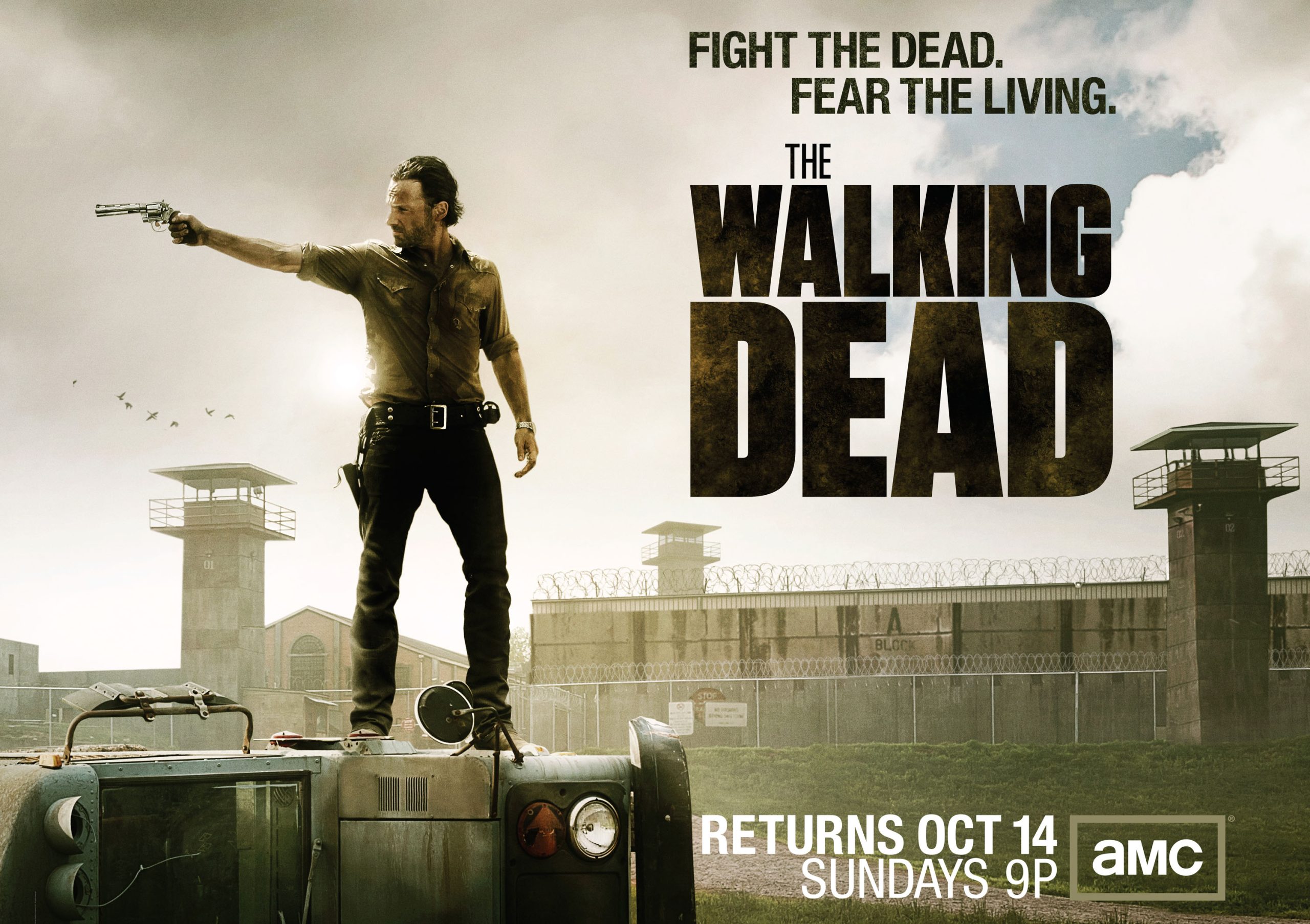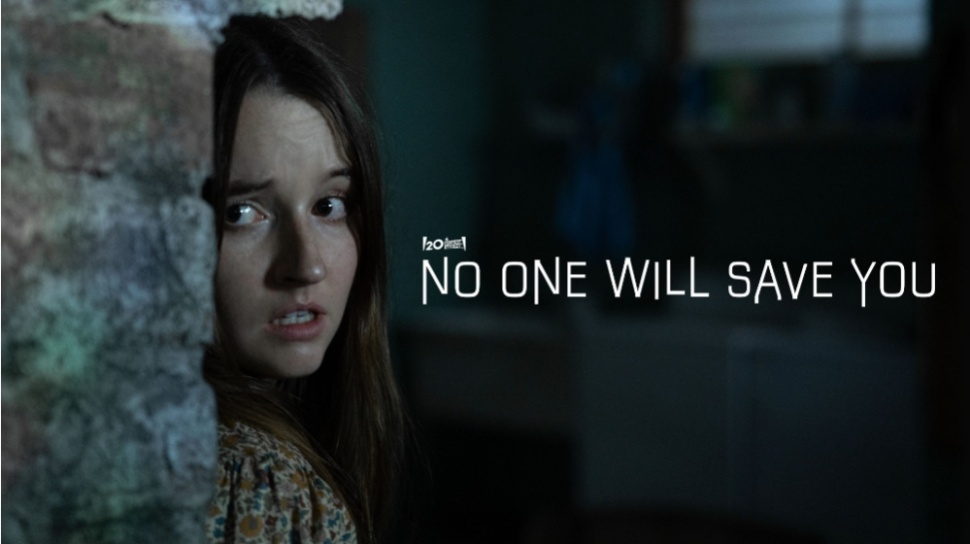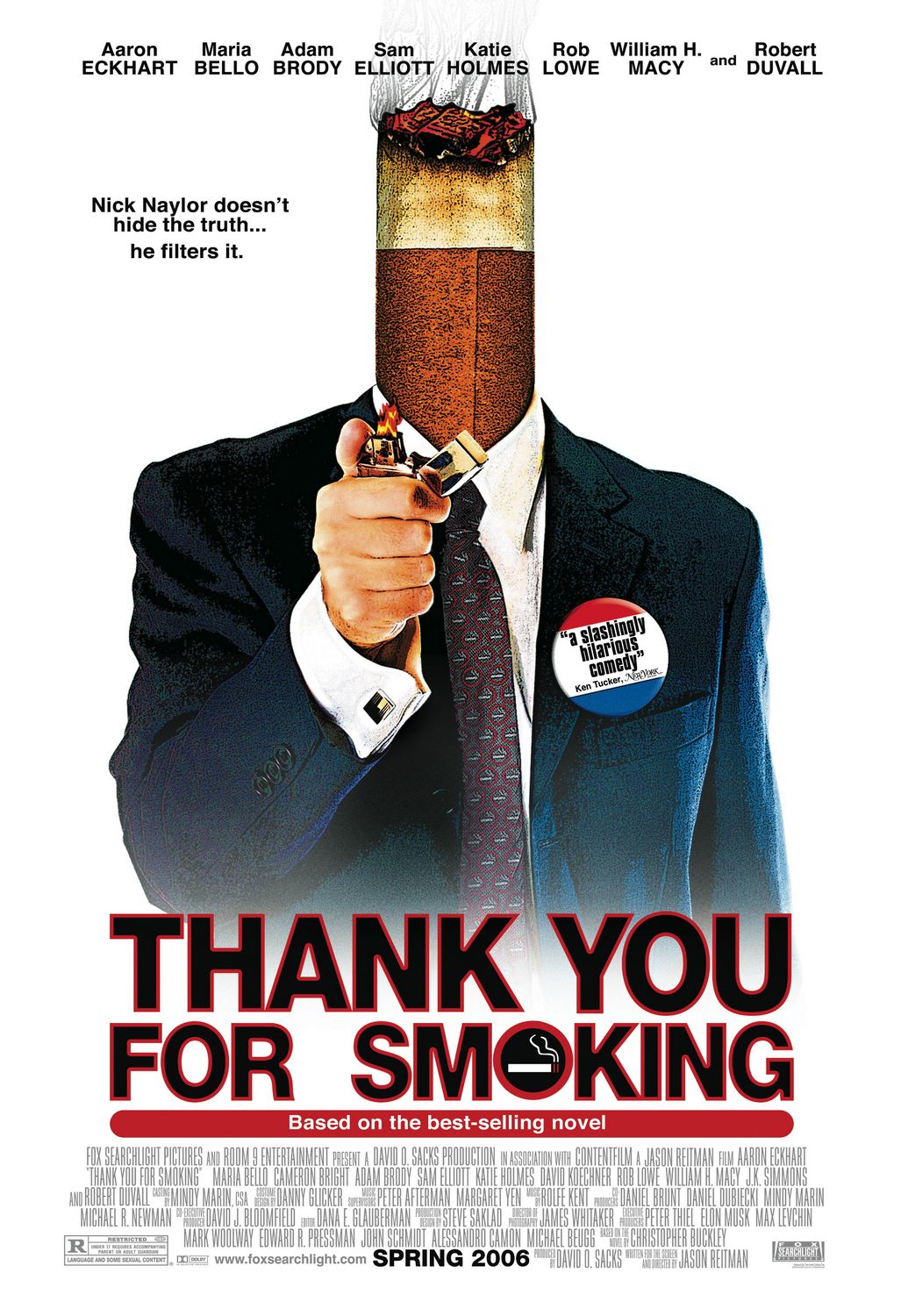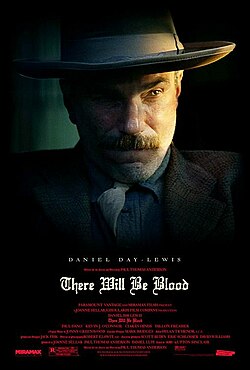"The Walking Dead" franchise has become a cultural phenomenon, spanning television, comics, and film. While the TV series remains the most prominent aspect of the franchise, the cinematic ventures have garnered significant attention for their expansion of the universe and deeper exploration of its themes. The film series offers a different narrative experience, often focusing on new characters and stories that complement the overarching zombie apocalypse setting. This article provides a comprehensive overview of the "The Walking Dead" films, examining their origins, themes, characters, visual style, reception, and cultural impact, as well as insights into their production and future prospects. Through this exploration, we aim to understand how these films contribute to the legacy of one of the most influential zombie franchises in modern entertainment.
Overview of the "The Walking Dead" Film Series and Its Origins
The "Walking Dead" film series was conceived as a way to expand the franchise beyond its successful television adaptation and comic book source material. The films originated from the desire to explore different facets of the zombie apocalypse, often focusing on specific characters or regions not thoroughly covered in the series. The initial concept was to create standalone movies that could enrich the universe, providing fans with fresh perspectives and deeper lore. The idea gained momentum in the early 2020s, with production companies collaborating with AMC to develop cinematic projects that would be released both theatrically and on streaming platforms.
The origins of the film series are rooted in the franchise’s expansive universe, which was first created by Robert Kirkman in his comic book series launched in 2003. The success of the TV adaptation, which debuted in 2010, cemented "The Walking Dead" as a multimedia franchise. The films were envisioned as a way to explore untold stories and introduce new characters, often setting the stage for potential spin-offs and crossover events. The series’ rich lore and complex characters provided fertile ground for cinematic storytelling, allowing filmmakers to craft narratives that could operate independently or as part of a larger narrative arc.
The production of the films faced several challenges, including scheduling, budget considerations, and balancing continuity with the ongoing TV series. Despite these hurdles, the project gained traction with announced release dates and casting news, signaling a renewed effort to bring cinematic quality to the franchise. The films also aimed to appeal to both longtime fans and new audiences, with high production values and innovative storytelling techniques. As a result, the "Walking Dead" film series has become an integral part of the franchise’s evolution, promising to deepen the franchise’s storytelling scope.
The origins of the films also reflect the franchise’s adaptability and willingness to experiment with different formats. While the TV series remained the flagship, the films sought to provide a cinematic experience that could explore more visually spectacular and intense narratives. The series’ global popularity and dedicated fanbase created a solid foundation for the films, which were positioned as a way to invigorate the franchise and maintain its relevance amid a competitive entertainment landscape. These origins underscore the franchise’s strategic move to diversify its storytelling mediums and expand its universe.
Overall, the film series represents a natural progression in the franchise’s history, aiming to complement and enhance the existing universe. By leveraging the franchise’s rich mythology, complex characters, and thematic depth, the films seek to carve out their own identity while contributing to the larger "Walking Dead" narrative tapestry. The origins of these films highlight a careful balance between innovation and respect for the franchise’s roots, ensuring that each cinematic installment adds value to the "Walking Dead" legacy.
Key Themes and Narrative Elements in "The Walking Dead" Films
The "Walking Dead" films explore a variety of themes that resonate deeply with audiences, echoing the core messages of survival, morality, and human resilience. Central to the narrative are themes of hope amid despair, the morality of decisions in a post-apocalyptic world, and the exploration of human nature when societal structures break down. These themes are woven into the stories through complex characters faced with morally ambiguous choices, often forcing viewers to question what it means to be truly human in a world overrun by zombies.
Another prominent theme is the concept of community and leadership. The films frequently examine how different groups form, evolve, or fracture under extreme circumstances. Leadership qualities, trust, and loyalty are tested as characters navigate a landscape filled with threats beyond the undead, including rogue survivors and hostile factions. These narrative elements underscore the importance of unity and moral integrity, even when survival seems to demand ruthless actions. The films often highlight the tension between individual morality and collective safety, a recurring motif in the franchise.
The narrative structure of the films tends to focus on intense, character-driven stories set against large-scale zombie encounters. Action sequences are complemented by moments of introspection and dialogue that delve into characters’ backstories and motivations. The films also incorporate flashbacks and nonlinear storytelling, enriching the narrative complexity. This approach allows filmmakers to explore themes of trauma, loss, and redemption, making the stories not just about survival but also about the personal journeys of those caught in the apocalypse.
Visually, the films employ a gritty, realistic aesthetic that enhances the bleakness and chaos of the world they depict. Cinematic techniques such as handheld camera work and practical effects contribute to an immersive experience. The narrative elements often include moral dilemmas, such as choosing between personal safety and altruism, which serve to deepen the emotional impact of the stories. Overall, the key themes and narrative elements in "The Walking Dead" films reflect a nuanced exploration of human nature and societal collapse, making them compelling additions to the franchise.
The films also explore themes of hope and renewal, often depicting moments where characters find reasons to continue fighting despite overwhelming odds. This thematic focus provides a counterbalance to the horror and despair, emphasizing resilience and the possibility of rebuilding civilization. Through these narrative elements, the films maintain the franchise’s reputation for thoughtful storytelling that challenges viewers to consider complex ethical questions within a terrifying, yet captivating, world.
Main Characters and Their Development Throughout the Films
The "Walking Dead" films introduce a diverse cast of characters, many of whom undergo significant development over the course of the series. Central figures often start as survivors with uncertain morals but evolve into leaders or symbols of hope, reflecting the franchise’s focus on personal growth amid chaos. The films delve into their backstories, motivations, and emotional struggles, providing a richer understanding of their journeys and the human condition in a post-apocalyptic setting.
One recurring character archetype is the reluctant hero—individuals thrust into leadership roles who must navigate moral dilemmas and protect their communities. These characters often experience profound transformations, confronting their fears, regrets, and hopes. The films explore their relationships, conflicts, and moments of sacrifice, emphasizing themes of resilience and moral integrity. Such character arcs serve to humanize the horror, making their struggles relatable and emotionally impactful.
New characters introduced in the films often come with unique backgrounds and skill sets, adding fresh dynamics to the narrative. These characters frequently serve as catalysts for the story’s progression, challenging established alliances or prompting moral debates. Their development is portrayed through intense interactions, flashbacks, and pivotal decisions that reveal their true nature. As the series progresses, these characters often face moments of crisis that lead to growth, redemption, or tragedy.
Character development in the films is also marked by the exploration of psychological trauma. Survivors grapple with loss, guilt, and the constant threat of death, which shapes their worldview and actions. The films depict these internal struggles with sensitivity, often highlighting moments of vulnerability that contrast with their hardened exterior. This nuanced portrayal of characters enhances the emotional depth of the series and underscores the franchise’s focus on human resilience.
Overall, the main characters in "The Walking Dead" films are integral to the storytelling. Their evolution from mere survivors to complex individuals navigating a broken world underscores the franchise’s themes of hope, morality, and human endurance. By focusing on character development, the films create a compelling narrative that resonates with audiences and adds emotional weight to the apocalyptic setting.
Visual Style and Cinematic Techniques in "The Walking Dead" Films
The visual style of "The Walking Dead" films is characterized by a gritty, realistic aesthetic that immerses viewers in a bleak, post-apocalyptic world. Cinematographers employ a muted color palette, emphasizing earthy tones and desaturated hues to evoke a sense of decay and despair. This visual approach enhances the atmosphere, making the environment feel tangible and oppressive, aligning with the franchise’s tone.
Cinematic techniques such as handheld camera work are frequently used to create a sense of immediacy and intimacy during action sequences and tense moments. This technique allows audiences to feel as though they are right there with the characters, heightening emotional engagement. The films also utilize wide-angle shots and panoramic views to depict the desolate landscapes, emphasizing the scale of the apocalypse and the isolation of the survivors.
Practical effects and makeup play a significant role in establishing the visceral realism of the zombie creatures. The films employ detailed prosthetics, blood splatters, and animatronics to bring the undead to life convincingly. The use of practical effects over CGI in many scenes adds a tactile quality that enhances authenticity. Lighting is carefully designed to accentuate shadows and create dramatic contrasts, further intensifying the suspenseful atmosphere.
The films also incorporate innovative camera techniques such as drone shots and slow-motion sequences to heighten key moments. These techniques are used to capture large-scale zombie hordes or pivotal emotional scenes, providing visual spectacle while maintaining narrative clarity. The use of natural lighting and practical locations adds to the realism, making the post-apocalyptic world feel immersive and believable.
Overall, the visual style and cinematic techniques in "The Walking Dead" films serve to reinforce their themes of chaos, survival, and human resilience. The combination of gritty aesthetics, dynamic camera work, and practical effects creates a compelling visual language that draws viewers into the franchise’s dark and intense universe. These stylistic choices contribute significantly to the series’ reputation for high-quality, immersive filmmaking.
Critical Reception and Audience Response to the Film Series
The "Walking Dead" films have garnered a mixed but generally positive response from critics and audiences alike. Critics have praised the series for its high



